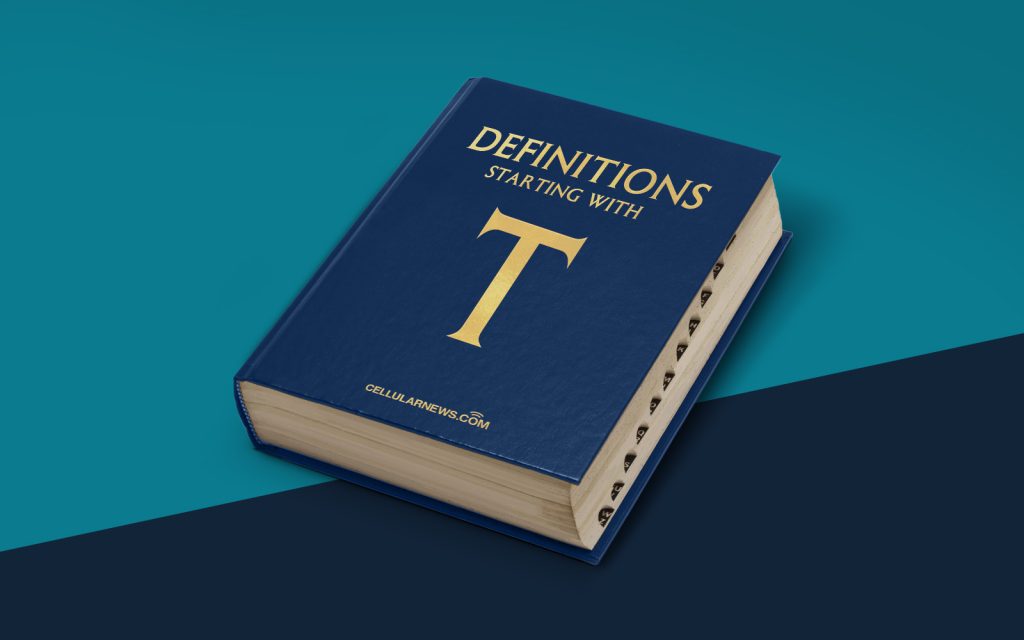
Defining the Telecommunications Industry Association (TIA)
When it comes to the vast world of telecommunications, it can be overwhelming to navigate through all the different organizations and industry standards. One such organization is the Telecommunications Industry Association, or TIA. But what exactly is the Telecommunications Industry Association, and what role does it play in the industry? Let’s dive in and find out.
Key Takeaways
- The Telecommunications Industry Association (TIA) is a trade association that represents the global information and communications technology (ICT) industry.
- TIA develops standards and best practices, advocates for government policies, and provides networking and educational opportunities for its members.
What is the Telecommunications Industry Association (TIA)?
The Telecommunications Industry Association (TIA) is a trade association that represents the global information and communications technology (ICT) industry. It serves as a platform for industry stakeholders to collaborate, set standards, develop best practices, and address challenges in the telecommunications sector. TIA’s mission is to advance the growth and development of the ICT industry through advocacy, education, and networking.
TIA is composed of various member companies, including manufacturers, suppliers, service providers, and manufacturers of ICT products and services. These members contribute to the development and implementation of industry standards and technology solutions. By establishing consensus-based standards, TIA ensures interoperability and compatibility of telecommunications equipment and systems, facilitating seamless communication and innovation.
One of the primary functions of TIA is to develop and promote industry standards. These standards cover a wide range of areas, including network architecture, data centers, infrastructure, physical layer performance, and security. TIA standards enable different manufacturers and service providers to work together and ensure that their products and services meet the expectations of the end-users. These standards are regularly updated to keep up with the evolving technology landscape and address emerging challenges.
TIA also advocates for government policies that promote the growth and competitiveness of the ICT industry. It collaborates with policymakers to shape regulations and legislation that are favorable to the industry, encouraging investment, innovation, and market expansion. TIA’s role in government affairs reflects its commitment to driving a regulatory environment that fosters technological advancements and economic growth.
Additionally, TIA provides various networking and educational opportunities for its members. It organizes conferences, workshops, and webinars where industry leaders can gather, exchange knowledge, and explore new business opportunities. TIA’s educational initiatives aim to empower professionals in the ICT industry with the latest information, trends, and skills required to succeed in a rapidly evolving market.
Conclusion
The Telecommunications Industry Association (TIA) is a vital player in the global ICT industry. With its focus on standards development, government advocacy, and networking opportunities, TIA enables collaboration, innovation, and growth within the telecommunications sector. By setting industry standards and promoting favorable policies, TIA ensures that the ICT industry remains at the forefront of technological advancements, offering reliable and secure solutions to meet the evolving needs of businesses and consumers.
